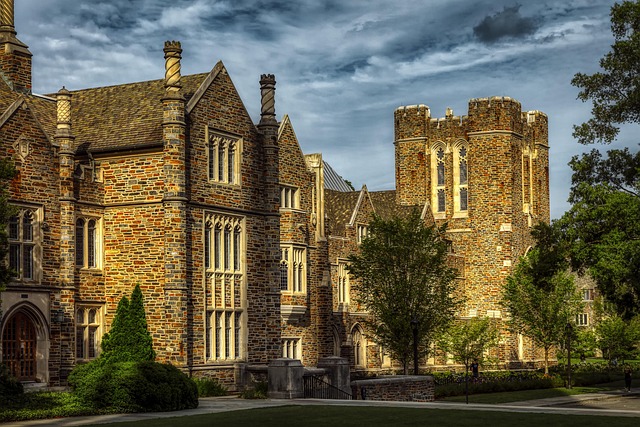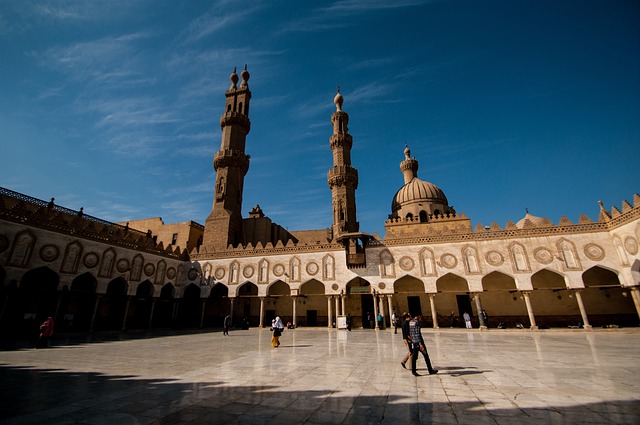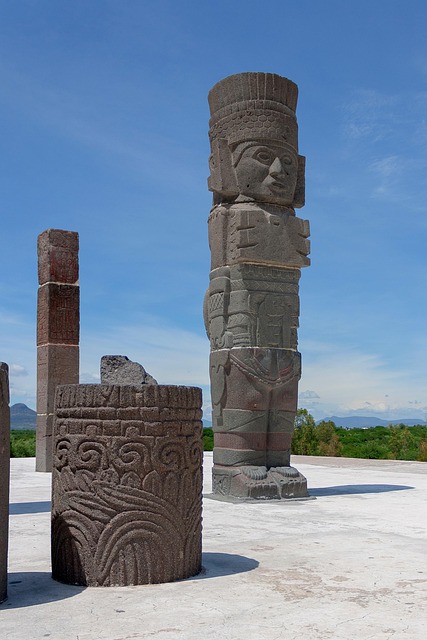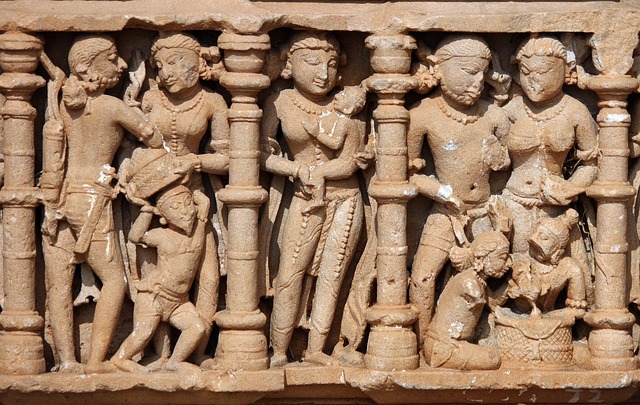Eugene, Oregon's rich history begins with its peaceful founding in 1853 and is profoundly shaped by the establishment of the University of Oregon in 1873. The city's strategic location and subsequent economic growth fueled its transformation into a vibrant cultural hub. The university's influence extends to environmental initiatives, sustainable urban development, and cultural diversity, marked by Eugene's dynamic arts scene and historical landmarks like Old Town and Riverfront. Eugene's transportation history, from horse-drawn carriages to modern systems, reflects its adaptability while preserving its unique founding legacy and ongoing cultural evolution.
“Explore the profound environmental movement roots of Eugene, a city that has blossomed from peaceful origins to become an eco-conscious leader. From its founding history as a haven for peace and academia at the University of Oregon, to transformations in urban development and vibrant cultural evolution, each aspect shapes Eugene’s unique identity. Discover how historical landmarks preserve nature and community spirit, while transportation advances define its modern face. Dive into this journey through Eugene’s past to understand its present-day environmental advocacy.”
- Eugene Founding History: A Peaceful Beginning
- University of Oregon: Academic Hub and Environmental Advocate
- Urban Development Transforms the Cityscape
- Cultural Evolution: Art, Music, and Community Spirit
- Transportation Shapes Eugene's Modern Identity
Eugene Founding History: A Peaceful Beginning

Eugene’s founding story began peacefully in 1853 when a small settlement emerged along the Willamette River. The area was initially drawn to by settlers for its fertile land and abundant natural resources, attracting them from as far away as California during the Great Migration. This early community laid the foundation for what would become a vibrant urban center with a rich cultural evolution.
The University of Oregon’s establishment in 1873 played a pivotal role in Eugene’s development, introducing academic excellence and intellectual curiosity to the region. As time progressed, the city experienced urban growth, driven by its strategic location along major transportation routes. The railroad connected Eugene to broader markets, stimulating economic activity and fostering cultural exchange. Historical landmarks like the Old Town and the iconic Riverfront reflect this peaceful founding and subsequent evolution into a thriving cultural hub.
University of Oregon: Academic Hub and Environmental Advocate

The University of Oregon, located in the heart of Eugene, has played a pivotal role in shaping the city’s environmental movement and its founding history is deeply intertwined with the region’s natural heritage. As an academic hub, the university fostered a culture of environmental advocacy, encouraging students and faculty to explore and protect the surrounding landscape. This intellectual environment propelled Eugene’s urban development with a focus on sustainability, reflecting the city’s commitment to preserving its cultural evolution and historical landmarks.
Eugene’s transportation history mirrors the university’s influence, as academic initiatives led to the promotion of public transit and active transportation options. These efforts have not only contributed to reducing the city’s carbon footprint but also enhanced the overall quality of life for residents. The University of Oregon’s impact extends beyond the campus, leaving an indelible mark on Eugene’s identity as a vibrant and eco-conscious community.
Urban Development Transforms the Cityscape

The city of Eugene, with its rich founding history and unique cultural evolution, has seen significant transformations over time, particularly in urban development. As one delves into Eugene’s past, it becomes evident that the city’s landscape has been shaped by various factors, including the influence of the University of Oregon and its students, who have played a pivotal role in driving progress. The university’s presence has not only contributed to the intellectual and cultural vibrancy of the region but also left an indelible mark on Eugene’s urban development trajectory.
Eugene’s urban development history is marked by a progression from humble beginnings to a bustling metropolis. The city’s transportation network, with its intricate web of streets and highways, has facilitated growth and connected various historical landmarks that dot the cityscape. From the early days of horse-drawn carriages to the modern era of efficient public transportation systems, Eugene’s evolution reflects the changing times and the adaptive nature of its residents. This continuous cultural and urban transformation has positioned Eugene as a dynamic and diverse community in the heart of Oregon.
Cultural Evolution: Art, Music, and Community Spirit

Eugene’s rich cultural evolution is deeply intertwined with its founding history and the impact of the University of Oregon. As a city that has always valued creativity and community spirit, Eugene’s urban development has been shaped by its vibrant arts and music scene. The city boasts a diverse range of artistic expressions, from visual arts galleries showcasing local talent to numerous music venues hosting everything from folk concerts to jam sessions. This cultural vibrancy reflects the city’s history as a haven for free thinkers and artists, contributing to Eugene’s unique identity.
Moreover, Eugene’s historical landmarks, including its iconic transportation hubs like the Old Downtown and the Riverfront, bear witness to the city’s past while serving as cultural centers today. The University of Oregon has also played a pivotal role in fostering this evolution by bringing diverse communities together through events, academic programs, and research that explore the intersection of art, culture, and urban development. This synergy between history, academia, and community spirit continues to define Eugene as a dynamic cultural hub within the Pacific Northwest.
Transportation Shapes Eugene's Modern Identity

Eugene’s modern identity is deeply intertwined with its rich transportation history, which has shaped both its urban development and cultural evolution. The city’s founding roots trace back to 1846 when early settlers established a community along the Willamette River, facilitated by the strategic location for transportation and trade. As time progressed, the University of Oregon played a pivotal role in enhancing Eugene’s profile; its arrival brought an influx of students and scholars, contributing to the city’s intellectual vibrancy and cultural diversity.
The historical landmarks of Eugene reflect this transportation legacy, with iconic structures like the Old Mill and the Willamette River Bridge standing as reminders of the past. The city’s evolving urban landscape has embraced modern transportation methods while preserving its heritage. Today, Eugene continues to navigate its unique path, balancing its rich history with an ever-changing transportation network that connects it to the broader world, solidifying its position as a dynamic cultural hub in Oregon.
